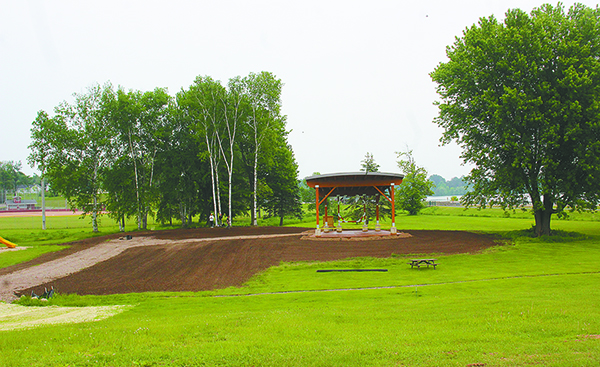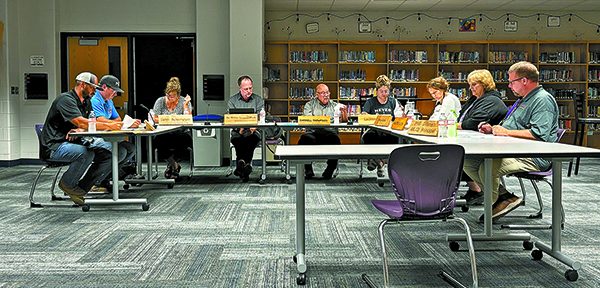Timeline of National FFA Organization shared
The National FFA Organization has a long and storied history. Here are some of the significant events in the development of the organization. 1925: Virginia Tech agricultural education teacher educators Henry Groseclose, Harry Sanders, Walter S. Newman and Edmund C. Magill organized the Future Farmers of Virginia for boys in agriculture classes. The FFV served as the model for the Future Farmers of America.
1928: Future Farmers of America is established in Kansas City, Mo., on Nov. 20. First National FFA Convention is held in Kansas City, Mo.: 33 delegates from 18 states are in attendance.
1929: National blue and corn gold are adopted as official FFA colors.
1931: The National FFA Radio Program on NBC is launched.
1937: During the National FFA Convention, action is taken to establish a national FFA camp and leadership training school in Washington, D.C.
1950: The 81st U.S. Congress passes a bill that grants a federal charter to Future Farmers of America. President Harry S. Truman signs the bill on Aug. 30, and it becomes Public Law 81-740. The Rhode Island FFA Association, with five chapters and 82 members, is chartered—FFA is in all 48 states, plus then Territory of Hawaii and Puerto Rico.
1969: FFA opens membership to females, making it possible for them to hold office and participate in competitive events at regional and national levels. The Washington Conference begins. The delegate body of the National FFA Convention establishes alumni class of membership as part of the constitution.
1980: The National FFA Foundation raises $1 million in one year for the first time.
1988: The Future Farmers of America changes its name to the National FFA Organization to reflect the growing diversity in agriculture. Seventh and eighth grade students are permitted to become FFA members.
2022: Student membership hits an all-time high with 850,823 members in 8,995 chapters.
2023: The National FFA Convention saw a total attendance of 72,954 members, advisors and guests.




